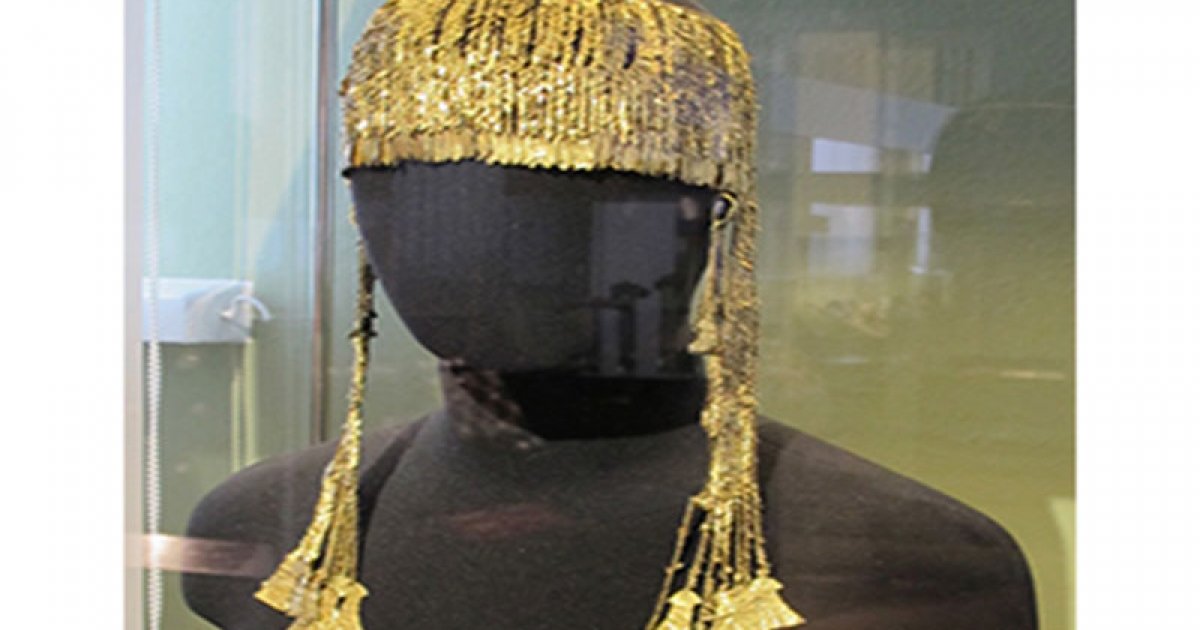PUSHKIN MUSEUM, Priam's Treasure Room 7
 Language: English / USA
Language: English / USA
The Museum of Fine Arts originally focused on the classical arts and most of its exhibits were ancient artifacts. The collection of antiquities currently includes more than 37,000 pieces including over 300 sculptures, 2,500 painted boats, more than 1,300 bronze artifacts and about 1,000 glass objects.
The highlight is undoubtedly Priam's Treasure, which consists of a series of objects found by the German archaeologist Heinrich Schliemann, who discovered ancient Troy in present-day Turkey. According to Schliemann, he found the treasure that he attributes to the Trojan king Priam, mentioned in Homer's Illiad, while he was digging in search of the city.
In reality, all of the objects actually date to the first half of the third millennium BC, i.e. at least 1,500 years before the Trojan War, but the name that Schliemann gave to the treasure has not changed.
The archaeologist's "booty" initially included thousands of gold, silver, copper and bronze artifacts, most of which have disappeared, and the precious artifacts that you can see today are linked to a series of thefts.
Immediately after their discovery, Schliemann stole them from the Ottoman Empire, their rightful owner, to take them to Germany. He later returned some of them, now on display in Istanbul, only so that he could be granted permission to return to Turkey and continue his research. However, most of the precious items were sold by the archaeologist in 1880 to the then imperial museums in Berlin and they were exhibited in the Pergamon Museum.
During World War II the treasure was hidden in a secret bunker and disappeared entirely until 1996, when 259 pieces were exhibited in this museum. They had been stolen by the Red Army and brought to Russia along with 450 other objects that are now on display in the Hermitage in St. Petersburg.
Germany has repeatedly asked for their return, but the Russian government has always refused, considering them to be reparations for war damages!
Interesting fact: Some scholars believe that the treasure is fake, because Schliemann would not have found the artifacts all together, but in various excavations, and only later could have gathered them in a single collection. The proof is that some objects already appeared in previous photographs.



